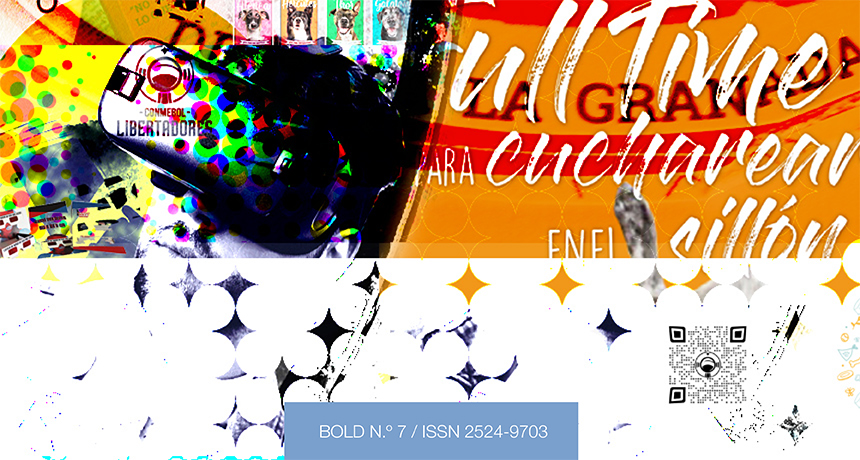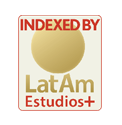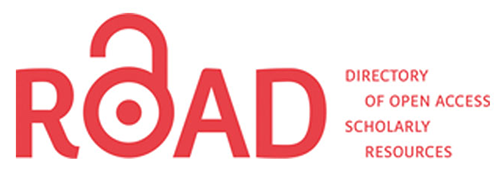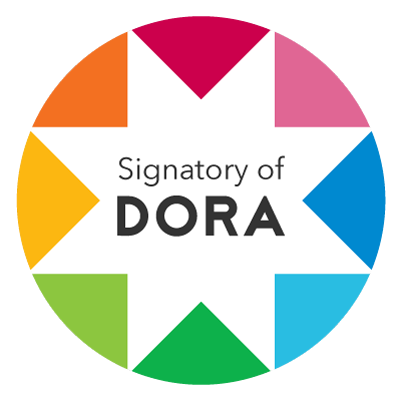The Platform Sign at Train Station La Cumbre
From Design Object to Symbol and Urban Landmark
DOI:
https://doi.org/10.24215/25249703e008Keywords:
Semiotics, signs, symbols, heritage, identityAbstract
A railway sign located on the perimeter of the historical layout of the city of La Plata awakens the senses of the observer. In the immediacy, the object becomes a signal, moving away from the identifier system that it knew how to integrate. At the same time, elements such as time, place and materiality complete its aura to transform it into a symbol through a mystifying process, which places it as an urban landmark and representative of neighborhood identity.Downloads
References
Chaves, N. (1991). Señalización y patrimonio urbano. Ciudad Autónoma de Buenos Aires, Argentina: Asociación de Diseñadores Gráficos de Buenos Aires.
Didi-Hubermann, G. (1997). Lo que vemos, lo que nos mira. Ciudad Autónoma de Buenos Aires, Argentina: Manantial.
Domínguez, F. (1952). Cincuentenario de la Ciudad de La Plata y alrededores [Plano]. La Plata, Argentina: Dirección Oficial Catastral Altimetría y Comunicaciones. Recuperado de http://www.mosp.gba.gov.ar/sitios/geodesia/deptos/inv_historica/laplata_1952
Eco, U. [1973] (1988). Signo. Barcelona, España: Labor.
Lynch, K. [1960] (2008). La imagen de la ciudad. Barcelona, España: Gustavo Gilli.
Querecetti, M. (agosto de 2009). Apeadero La Cumbre [Entrada de blog]. Recuperado de http://www.plataforma14.com.ar/Querecetti6A.html
Silva Gouveia, A. P., Farias, P. L. y Gatto, P. S. (2009). Letters and cities: reading the urban environment with the help of perception theories [Letras y ciudades: leer el entorno urbano con la ayuda de teorías de percepción]. Visual Communication, 8(3), 339-348. Recuperado de https://journals.sagepub.com/doi/abs/10.1177/1470357209106474
Tartarini, J. D. (2012). Patrimonio Ferroviario Bonaerense. La Plata, Argentina: Instituto Cultural de la Provincia de Buenos Aires.
Downloads
Published
How to Cite
Issue
Section
License
The acceptance of the manuscript by the magazine means the non-exclusive cession of the property rights of the authors in favour of the editor, who allows the reuse, after publication (post print), under a license Attribution-NonCommercial-NoDerivatives 4.0 International.
According to these terms, the material can be copied and redistributed by any means or in any format as long as a) the author and original source of the publication are quoted (magazine and URL of the work), access to the license is provided and whether changes have been made is mentioned; and b) the material is not used for commercial purposes.
The cession of non-exclusive rights means that after the publication (post print) in Bold the authors can publish their work in any language, means and format; in such cases it must be mentioned that the material was originally published in this magazine. Such cession also means the authorization of the authors for the work to be collected by SEDICI, the institutional archive of the Universidad Nacional de La Plata, and to be spread in the databases that the editorial team considers appropriate to increase the visibility of the publication and its authors.
Moreover, the magazine encourages the authors to deposit their productions in other institutional and thematic archives under the principle that offering the society the scientific and academic production without any restrictions contributes to a greater exchange of the global knowledge.

























